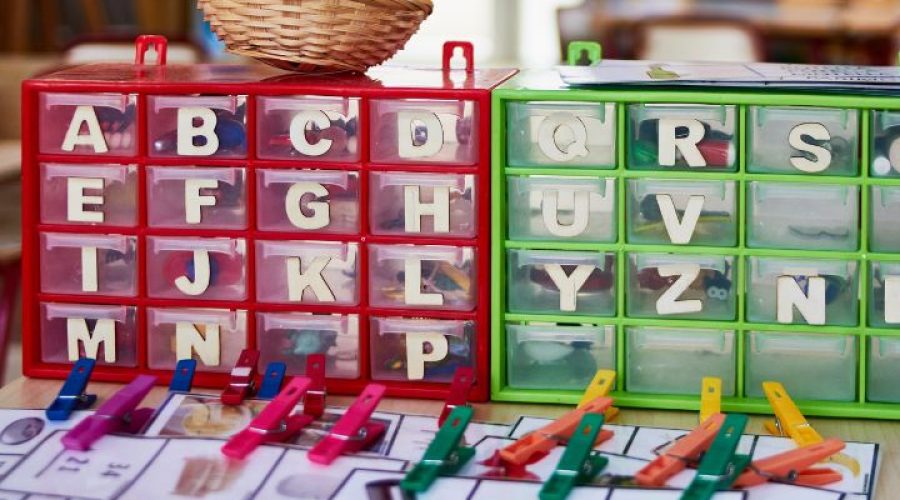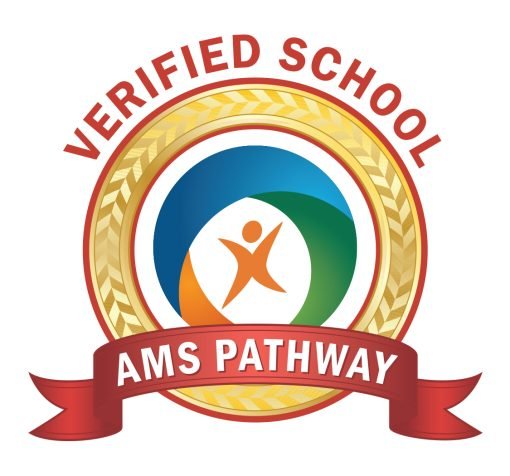In the realm of education, few pedagogical approaches have captured the hearts and minds of both educators and parents as profoundly as the Montessori method. Founded by Dr. Maria Montessori in the early 20th century, this approach emphasizes self-directed learning and the development of independence in children. One of the cornerstones of Montessori education is its language curriculum, a meticulously crafted system that empowers children to master the art of communication and literacy at their own pace.
The Montessori philosophy is rooted in the belief that every child is naturally curious and eager to learn. By providing a rich environment and the right tools, children can discover the wonders of language in a way that is both engaging and effective. The Montessori language curriculum is designed to stimulate and nurture a child’s natural curiosity, ensuring they not only learn to read and write but also develop a genuine love for language.
The Three Stages of the Montessori Language Curriculum
The Montessori language curriculum is divided into three key stages: the Preparatory Stage, the Symbolic Stage, and the Reading and Writing Stage. Each stage is meticulously designed to cater to the unique needs and abilities of children at different developmental levels.
1. Preparatory Stage:
- Phonemic Awareness: In this initial stage, children are introduced to the sounds of language. Activities involve hearing, distinguishing, and reproducing sounds. This lays the foundation for effective communication and later reading and writing skills.
- Sandpaper Letters: The use of tactile materials like sandpaper letters aids children in associating sounds with symbols. They can trace the letters while pronouncing the corresponding sound.
- Metal Insets: These geometric shapes develop fine motor skills, preparing the hand for the precise movements required for writing.
2. Symbolic Stage:
- Moveable Alphabet: In this stage, children work with a set of moveable letters to create words and sentences. We use a hands-on approach that allows them to experiment with language, fostering creativity and building a strong understanding of sentence structure and phonics.
- Word Building: As children progress, they begin constructing words and sentences with the moveable alphabet. This practical experience deepens their comprehension of language.
- Reading Readiness: We encourage children to explore books and engage in conversations about stories, which further enhances their language development.
3. Reading and Writing Stage:
- Word Study: The focus here shifts to mastering reading and writing skills. Children work with phonograms and digraphs, which are combinations of letters that create specific sounds, making the reading process more fluent.
- Grammar and Sentence Analysis: Understanding the structure and components of sentences and paragraphs deepens comprehension and writing skills.
- Creative Writing: Children are encouraged to express themselves through creative writing, allowing them to apply their knowledge in meaningful ways.
Key Principles of Montessori Language Curriculum
1. Individualized Learning:
The Montessori language curriculum is designed to be self-paced, ensuring that each child progresses based on their unique abilities and interests. This fosters a sense of independence and personal responsibility for learning.
2. Concrete Materials:
The use of tangible materials and hands-on activities makes the abstract concepts of language more accessible to young children. It connects them to the learning process on a sensory level.
3. Respect for the Child:
As Montessori educators, we believe that children should be respected as individuals. The language curriculum is designed to meet the child’s needs, interests, and readiness for learning.
4. Natural Development:
The Montessori approach aligns with the natural stages of language development in children. It starts with sound and progresses through symbol and abstraction.
5. Freedom and Responsibility:
Within the Montessori environment, children are given the freedom to choose their activities, but with this freedom comes the responsibility to manage their time and resources effectively.
Benefits of the Montessori Language Curriculum
The Montessori language curriculum stands as a testament to the power of respecting and nurturing a child’s natural desire to learn. We engage children in a carefully constructed environment and provide them with the tools they need. Montessori education allows them to unlock the world of language on their terms. This approach not only equips them with the essential skills of reading and writing but also cultivates a lifelong passion for communication and learning. It’s an approach that resonates with many parents and educators, offering a path to holistic development for children that extends beyond the classroom.
1. Lifelong Love for Learning:
By fostering independence and curiosity, the Montessori language curriculum instills a genuine love for learning that lasts a lifetime.
2. Mastery of Language Skills:
Children in Montessori classrooms often excel in language skills, as they are given the time and resources to truly understand the mechanics of reading and writing.
3. Confidence and Self-Esteem:
The self-directed nature of Montessori education builds a child’s confidence and self-esteem, as they achieve milestones at their own pace.
4. Critical and Creative Thinking:
Our curriculum encourages children to think critically and express themselves creatively, both essential skills for success in the modern world.




